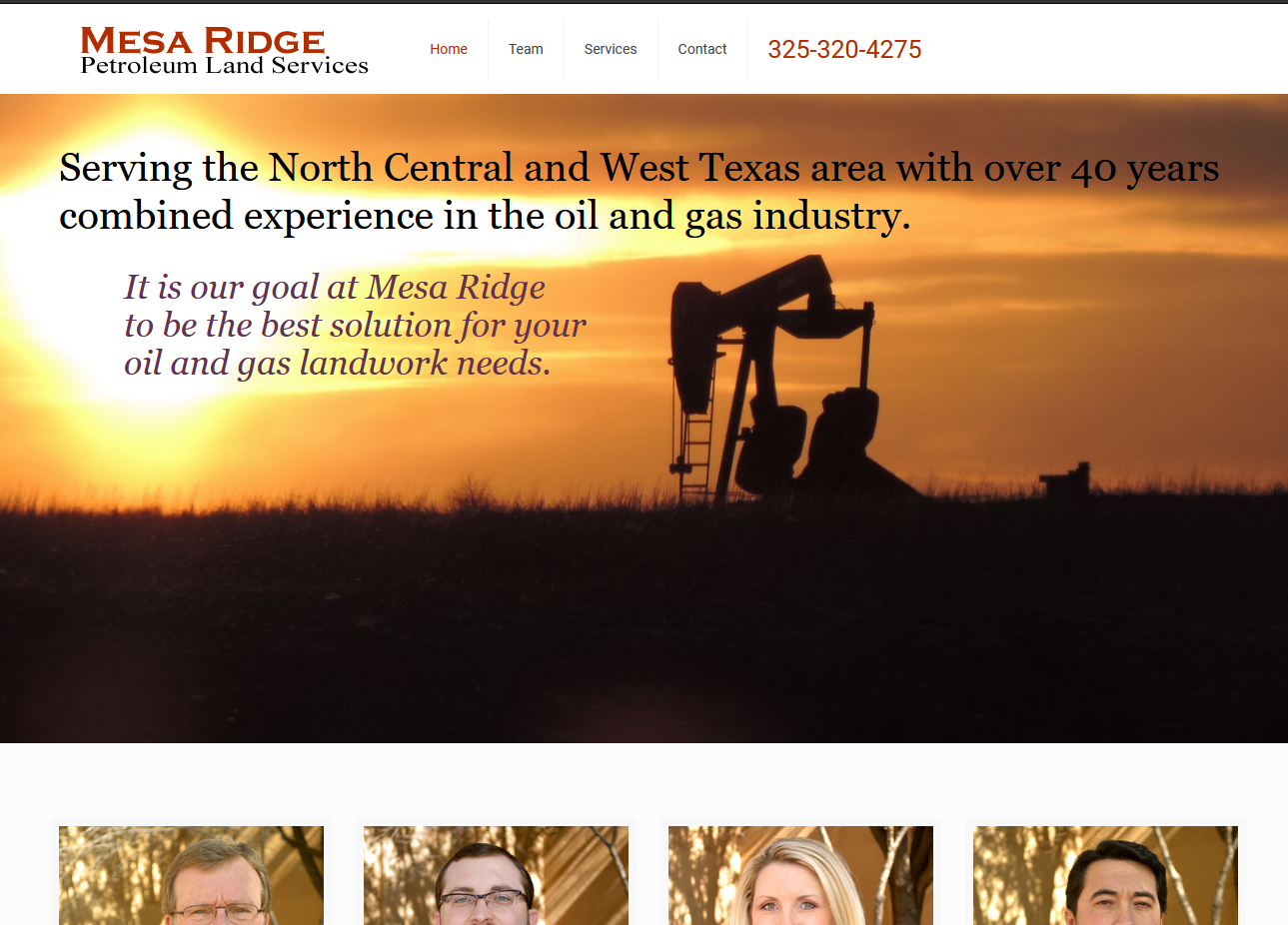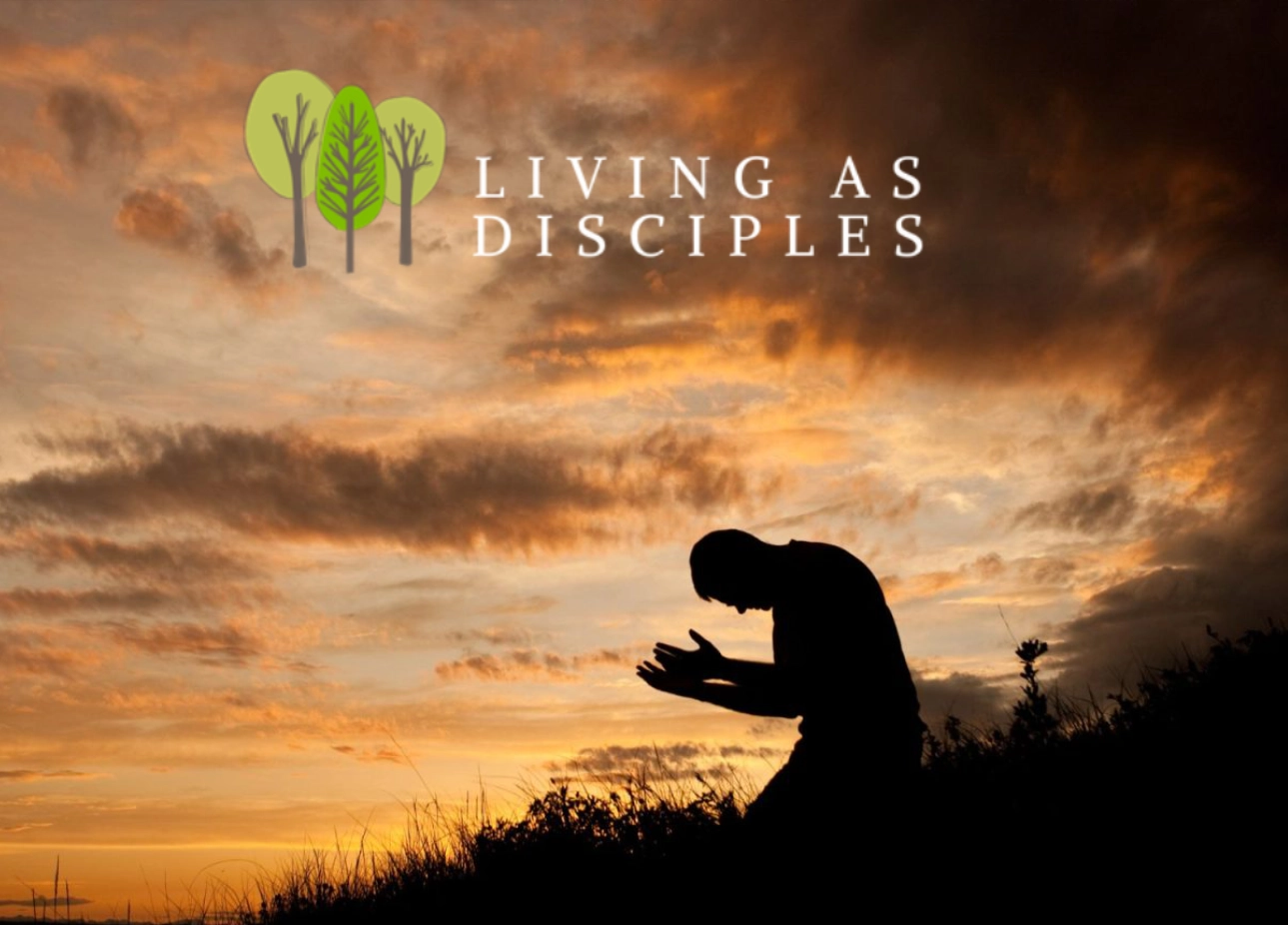1. Account Terms
- To access and use the Services, you must register for a Jemully Charter account (“Account”). To complete your Account registration, you must provide us with your full legal name, business address, phone number, a valid email address, and any other information indicated as required. Jemully Charter may reject your application for an Account, or cancel an existing Account, for any reason, at our sole discretion.
- You must be the older of: (i) 18 years, or (ii) at least the age of majority in the jurisdiction where you reside and from which you use the Services to open an Account.
- You confirm that you are receiving any Services provided by Jemully Charter for the purposes of carrying on a business activity and not for any personal, household or family purpose.
- You acknowledge that Jemully Charter will use the email address you provide on opening an Account or as updated by you from time to time as the primary method for communication with you (“Primary Email Address”). You must monitor the Primary Email Address you provide to Jemully Charter and your Primary Email Address must be capable of both sending and receiving messages. Your email communications with Jemully Charter can only be authenticated if they come from your Primary Email Address.
- You are responsible for keeping your password secure. Jemully Charter cannot and will not be liable for any loss or damage from your failure to maintain the security of your Account and password.
- Technical support in respect of the Services is only provided to Jemully Charter Users. Questions about the Terms of Service should be sent to Jemully Charter Support.
- You agree not to reproduce, duplicate, copy, sell, resell or exploit any portion of the Service, use of the Services, or access to the Services without the express written permission by Jemully Charter.
- You agree not to work around, bypass, or circumvent any of the technical limitations of the Services, use any tool to enable features or functionalities that are otherwise disabled in the Services, or decompile, disassemble or otherwise reverse engineer the Services.
- You agree not to access the Services or monitor any material or information from the Services using any robot, spider, scraper, or other automated means.
- You understand that your Materials may be transferred unencrypted and involve (a) transmissions over various networks; and (b) changes to conform and adapt to technical requirements of connecting networks or devices. “Materials” means Your Trademarks, copyright content, any products or services you sell through the Services (including description and/or price), and any photos, images, videos, graphics, written content, audio files, code, information, or other data provided or made available by you or your affiliates to Jemully Charter or its affiliates.
2. Domain Names
- Upon purchasing a domain name through Jemully Charter, domain registration will be preset to automatically renew each year so long as your Jemully Charter Account remains active. You acknowledge that it is your sole responsibility to notify Jemully Charter to deactivate the auto-renewal function should you choose to do so.
3. Jemully Charter Rights
- The Services have a range of features and functionalities. Not all Services or features will be available to all Merchants at all times and we are under no obligation to make any Services or features available in any jurisdiction. Except where prohibited in these Terms of Service or by applicable law, we reserve the right to modify the Services or any part thereof for any reason, without notice and at any time.
- Jemully Charter does not pre-screen Materials and it is in our sole discretion to refuse or remove any Materials from any part of the Services, including if we determine in our sole discretion that the goods or services that you offer through the Services, or the Materials uploaded or posted to the Services, violate these Terms of Service.
- Verbal or written abuse of any kind (including threats of abuse or retribution) of any Jemully Charter employee, member, or officer will result in immediate Account termination.
- We reserve the right to provide our Services to your competitors and make no promise of exclusivity. You further acknowledge and agree that Jemully Charter employees and contractors may also be Jemully Charter customers or merchants and that they may compete with you, although they may not use your Confidential Information (as defined in Section 6) in doing so.
- In the event of a dispute regarding Account ownership, we reserve the right to request documentation to determine or confirm Account ownership. Documentation may include, but is not limited to, a scanned copy of your business license, government issued photo ID, the last four digits of the credit card on file, or confirmation of your status as an employee of an entity.
- Jemully Charter reserves the right to determine, in our sole discretion, rightful Account ownership and transfer an Account to the rightful Store Owner. If we are unable to reasonably determine the rightful Store Owner, without prejudice to our other rights and remedies, Jemully Charter reserves the right to temporarily suspend or disable an Account until resolution has been determined between the disputing parties.
4. Your Responsibilities
- You acknowledge and agree to provide public-facing contact information on your Jemully Charter site.
- You acknowledge and agree that the Services are not a marketplace, and any contract of sale made through the Services is directly between you and the customer. You are responsible for the content of your Jemully Charter site, the goods and services that you may offer, and all aspects of the transactions between you and your customer(s) via your Jemully Charter site. You represent and warrant that your Jemully Charter site, your Materials and the goods and services you offer through will be true, accurate, and complete, and will not violate any applicable laws, regulations or rights of third parties.
- You are solely responsible for the goods or services that you may sell through the Services (including description, price, fees, tax that you calculate, defects, required legal disclosures, regulatory compliance, offers or promotional content), including compliance with any applicable laws or regulations.
- You may not use the Jemully Charter sites for any illegal or unauthorized purpose nor may you, in the use of the Service, violate any laws in your jurisdiction (including but not limited to copyright laws), the laws applicable to you in your customer’s jurisdiction, or the laws of Canada and the Province of Ontario. You will comply with all applicable laws, rules and regulations (including but not limited to obtaining and complying with the requirements of any license or permit that may be necessary to operate your store or that may be held by you) in your use of the Service and your performance of obligations under the Terms of Service.
5. Payment of Fees
- The subscription with Jemully Charter requires a minimum of twelve (12) months. Business owners who terminate their subscription prior to 12 months will have the payment method on file automatically charged for the remaining months that equal to twelve full months of service. plus a 15% early termination fee.
- You will pay the Fees applicable to your subscription to Online Service (“Subscription Fees”) and any other applicable fees, including but not limited to applicable one-time fees, setup fees, or site customization fees.
- You must keep a valid payment method on file with us to pay for all incurred and recurring Fees. Jemully Charter will charge applicable Fees to any valid payment method that you authorize (“Authorized Payment Method”), and Jemully Charter will continue to charge the Authorized Payment Method for applicable Fees until the Services are terminated, and any and all outstanding Fees have been paid in full. Unless otherwise indicated, all Fees and other charges are in U.S. dollars, and all payments will be in U.S. currency.
- Subscription Fees are paid in advance and will be billed in 30 day intervals (each such date, a “Billing Date”). You will be charged on each Billing Date for all outstanding Fees that have not previously been charged. Fees will appear on an invoice, which will be sent to the Business Owner via the Primary Email Address provided. Users have approximately two weeks to bring up and settle any issues with the billing of Subscription Fees.
- If we are not able to process payment of Fees using an Authorized Payment Method, we may make subsequent attempts to process payment using any Authorized Payment Method. If we are unable to successfully process payment of Fees using an Authorized Payment Method within 28 days of our initial attempt, we may suspend and revoke access to your Account and the Services. Your Account will be reactivated upon your payment of any outstanding Fees, plus the Fees applicable to your next billing cycle. You may not be able to access your website during any period of suspension. If the outstanding Fees remain unpaid for 60 days following the date of suspension, Jemully Charter reserves the right to terminate your Account in accordance with Section 14.
- All Fees are exclusive of applicable federal, provincial, state, local or other governmental sales, goods and services (including Goods and Sales Tax under the Goods and Services Tax Act, Chapter 117A of Singapore), harmonized or other taxes, fees or charges now in force or enacted in the future (“Taxes”).
- For the avoidance of doubt, all sums payable by you to Jemully Charter under these Terms of Service will be paid free and clear of any deductions or withholdings whatsoever. Jemully Charter will be entitled to charge the full amount of Fees stipulated under these Terms of Service to your Authorized Payment Method ignoring any such deduction or withholding that may be required.
- Jemully Charter does not provide refunds.
6. Confidentiality
- “Confidential Information” will include, but will not be limited to, any and all information associated with a party’s business and not publicly known, including specific business information, technical processes and formulas, software, customer lists, prospective customer lists, names, addresses and other information regarding customers and prospective customers, product designs, sales, costs (including any relevant processing fees), price lists, and other unpublished financial information, business plans and marketing data, and any other confidential and proprietary information, whether or not marked as confidential or proprietary. Jemully Charter’s Confidential Information includes all information that you receive relating to us, or to the Services, that is not known to the general public including information related to our security program and practices.
- Each party agrees to use the other party’s Confidential Information solely as necessary for performing its obligations under these Terms of Service and in accordance with any other obligations in these Terms of Service.
7. Limitation of Liability and Indemnification
- You expressly understand and agree that, to the extent permitted by applicable laws, Jemully Charter and its suppliers will not be liable for any direct, indirect, incidental, special, consequential or exemplary damages, including but not limited to, damages for loss of profits, goodwill, use, data or other intangible losses arising out of or relating to the use of or inability to use the Service or these Terms of Service (however arising, including negligence).
- You agree to indemnify and hold us and (as applicable) our parent, subsidiaries, affiliates, Jemully Charter partners, officers, directors, agents, employees, and suppliers harmless from any claim or demand, including reasonable attorneys’ fees, made by any third party due to or arising out of (a) your breach of these Terms of Service or the documents it incorporates by reference (including the AUP); (b) or your violation of any law or the rights of a third party; or (c) any aspect of the transaction between you and your Customer, including but not limited to refunds, fraudulent transactions, alleged or actual violation of applicable laws (including but not limited to Federal and State consumer protection laws), or your breach of the Terms of Service.
- You will be responsible for any breach of the Terms of Service by your affiliates, agents or subcontractors and will be liable as if it were your own breach.
- Your use of the Services is at your sole risk. The Services are provided on an “as is” and “as available” basis without any warranty or condition, express, implied or statutory.
- Jemully Charter does not warrant that the Services will be uninterrupted, timely, secure, or error-free.
- Jemully Charter does not warrant that the results that may be obtained from the use of the Services will be accurate or reliable.
- Jemully Charter is not responsible for any of your tax obligations or liabilities related to the use of Jemully Charter’s Services.
- Jemully Charter does not warrant that the quality of any products, services, information, or other materials purchased or obtained by you through the Services will meet your expectations, or that any errors in the Services will be corrected.
8. Intellectual Property and Your Materials
8.1 Your Materials
- We do not claim ownership of the Materials you provide to Jemully Charter. You grant Jemully Charter a non-exclusive, transferable, sub-licensable, royalty-free, worldwide right and license to host, use, distribute, expose, modify, run, copy, store, publicly perform, communicate to the public (including by telecommunication), broadcast, reproduce, make available, display, and translate, and create derivative works of any Materials provided by you in connection with the Services. We may use our rights under this license to operate, provide, and promote the Services and to perform our obligations and exercise our rights under the Terms of Service. You represent, warrant, and agree that you have all necessary rights in the Materials to grant this license. You irrevocably waive any and all moral rights you may have in the Materials in favour of Jemully Charter and agree that this waiver may be invoked by anyone who obtains rights in the materials through Jemully Charter, including anyone to whom Jemully Charter may transfer or grant (including by way of license or sublicense) any rights in the Materials.
- If you owned the Materials before providing them to Jemully Charter then, despite uploading them to your Jemully Charter site they remain yours, subject to any rights or licenses granted in the Terms of Service or elsewhere. You can export the content of your Jemully Charter site, however you will be required to fulfill the 12 month subscription requirement plus any outstanding fees and the early termination fee, if applicable. You may notify Jemully Charter of your desire.
- You agree that Jemully Charter can, at any time, review and delete any or all of the Materials submitted to the Services, although Jemully Charter is not obligated to do so.
- You grant Jemully Charter a non-exclusive, transferable, sub-licensable, royalty-free, worldwide right and license to use the names, trademarks, service marks and logos associated with your site (“Your Trademarks”) to operate, provide, and promote the Services and to perform our obligations and exercise our rights under the Terms of Service. This license will survive any termination of the Terms of Service solely to the extent that Jemully Chartery requires the license to exercise any rights or perform any obligations that arose during the Term.
8.2 Jemully Charter Intellectual Property
- You agree that you may not use any trademarks, logos, or service marks of Jemully Charter, whether registered or unregistered.
- You agree not to purchase, register, or use search engine or other pay-per-click keywords (such as Google Ads), trademarks, email addresses, social media names, or domain names (including without limitation top-level domains, sub-domains, and page URLs) that use or include Jemully Media or Jemully Charter or that use or include any terms that may be confusing with the Jemully Media.
9. Jemully Charter Theme Sites
- You may establish the appearance of your Jemully Charter site with a design template from Jemully Charter’s Theme options.
- Technical support for a Theme is the responsibility of the Jemully Charter, and the Business Owner may not modify the Theme.
10. Termination
- The term of these Terms of Service will begin on the date of your completed registration for use of a Service and continue for a minimum of 12 months or until terminated by us or by you, as provided below (the “Term”).
- You may cancel your Account and terminate the Terms of Service at any time by contacting chartersites@jemully.com and then following the specific instructions indicated to you in Jemully Charter’s response.
- Without limiting any other remedies, we may suspend or terminate your Account or the Terms of Service for any reason, without notice and at any time (unless otherwise required by law), including if we suspect that you (by conviction, settlement, insurance or escrow investigation, or otherwise) have engaged in fraudulent activity in connection with the use of the Services. Termination of the Terms of Service will be without prejudice to any rights or obligations which arose prior to the date of termination.
- Upon termination of the Services by either party for any reason:
- Jemully Charter will cease providing you with the Services and you will no longer be able to access your Account;
- unless otherwise provided in the Terms of Service, you will not be entitled to any refunds of any Fees, pro rata or otherwise;
- any outstanding balance owed to Jemully Charter for your use of the Services through the effective date and including the completion of the 12-month required subscription and early termination fee, if applicable, of such termination will immediately become due and payable in full; and
- your Jemully Charter site will be taken offline.
- If you purchased a domain name through Jemully Charter, upon cancellation your domain will no longer be automatically renewed. Following termination, it will be your sole responsibility to handle all matters related to your domain with the domain provider.
- If there are any outstanding Fees owed by you at the date of termination of the Service, you will receive one final invoice via email. Once that invoice has been paid in full, you will not be charged again.












